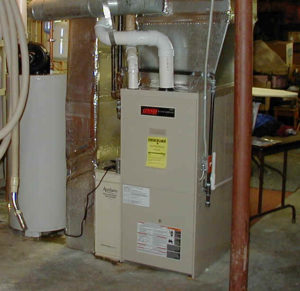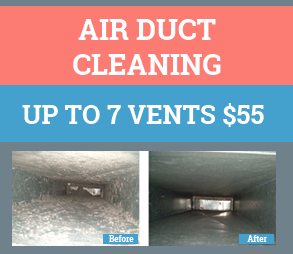 Furnace problems are common especially during winter because that is when they are fired up to keep families warm. Knowing your furnace and how it works is an important step in figuring out if it starts developing a problem. It is quite common to come across cases where furnaces blow cold air. These cases can be concerning especially when it is chilly and the temperatures are dropping fast. The following are some of the possible causes of this occurrence.
Furnace problems are common especially during winter because that is when they are fired up to keep families warm. Knowing your furnace and how it works is an important step in figuring out if it starts developing a problem. It is quite common to come across cases where furnaces blow cold air. These cases can be concerning especially when it is chilly and the temperatures are dropping fast. The following are some of the possible causes of this occurrence.
Faulty or Improperly Set Thermostat
The thermostat is the main regulator of how high or low your indoor temperature should be. When the thermostat is not working right, it can cause the furnace to blow cold air instead of heating your home. Also, thermostats that are set at temperatures which are higher than your home temperature may make your furnace not turn on and hence blow cold air.
Checking the batteries in your thermostat to ascertain if they are working right is an important troubleshooting tip.
A Leak in Your Ductwork
The changing temperatures throughout the year can cause lots of things to wear out and one of them is the ductwork. The positioning of the ducts in the attic makes them vulnerable to cold and freezing temperatures because they are outside your insulation.
Apart from faulty ducts, accumulation of dirt and debris within the ductwork can also slow down the airflow. Even though this problem is rare, it is worth looking into it because blocked air flows can cause the furnace to overheat and kick off.
Blown Out Pilot Light
The pilot light is a constantly burning flame responsible for igniting your furnace. Although pilot lights rarely fail, at times they can get blown out as result of gas companies shutting down their lines or emergencies or maintenance. This will certainly cause your furnace to blow cold air. If you are not sure whether your furnace is receiving the right amount of gas or not, you can try another gas appliance such as a stove or oven to see whether it is lighting.
Clogged Filters
Oil furnaces have filters which ensure the heating system stay free from contaminants. These filters become clogged with time especially if you don’t change them regularly. The good thing is that filters are not expensive and changing them is pretty easy.
Dirty Flame Sensor
If your furnace starts by blowing warm air and then switches to cold air, the problem could be your flame sensor that needs cleaning. Flame sensors become encrusted with carbon and residue which makes them turn on, but then lower the temperatures afterwards because of inaccurate readings. Therefore, it is important to check if the flame is in good shape and cleaning it where necessary.
Furnace Sizing
Every home has its own unique heating needs and this will determine the size of the furnace to be installed. However, some homeowners make mistakes and install furnaces which are either too small or too big.
Bigger furnaces will heat your home quickly and then turn off before kicking on again in quick successive cycles. This may not allow the heat to penetrate through your insulation and it may result into cold air. On the other hand, smaller furnaces may not have the required power to heat your home.
If you cannot find the problem, don’t suffer in silence. Call a professional HVAC technician who will help you diagnose the system.





 September 29th, 2017
September 29th, 2017  steve
steve  Posted in
Posted in 
